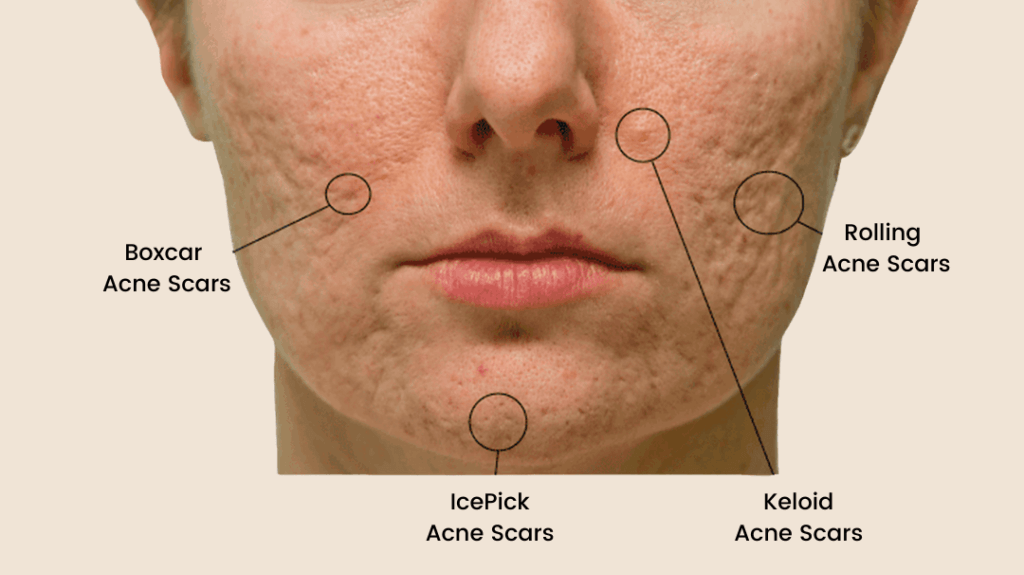Millions of people worldwide are affected by the dreaded skin condition called acne. While the presence of acne can be distressing on its own, the scars left behind can be equally frustrating. Acne scars can vary in appearance and severity, and understanding their different types and causes is crucial for finding the most effective treatment as suggested by the best skin specialist near me that you search for. In this blog, we will delve into the world of acne scars, exploring their formation, types, and potential treatment options.
Formation of Acne Scars
Acne scars are the result of the body's natural healing process after acne lesions have formed. When the skin experiences inflammation due to acne breakouts, the body works to repair the damage by producing collagen fibers. However, the healing process is not always perfect, and sometimes the body produces too little or too much collagen, leading to the formation of scars.
Types of Acne Scars
- Atrophic Scars: Atrophic scars are depressions or indentations in the skin caused by a loss of tissue during the healing process. There are three common subtypes of atrophic scars: ice pick scars (deep, narrow scars), boxcar scars (shallow depressions with well-defined edges), and rolling scars (wave-like undulations on the skin).
- Hypertrophic and Keloid Scars: Unlike atrophic scars, hypertrophic and keloid scars are raised and can be more prominent. Hypertrophic scars remain within the boundary of the original acne lesion, while keloid scars extend beyond the affected area.
Understanding the Treatment Options
- Topical Treatments: For mild acne scars, topical treatments can be a first-line option. These include over-the-counter creams and gels containing ingredients like retinoids, vitamin C, and alpha hydroxy acids. While these treatments may help improve mild scarring and skin texture, they are often more effective in preventing new acne breakouts.
- Chemical Peels: Chemical peels involve the application of a chemical solution to the skin, which exfoliates the top layer, promoting the growth of new, healthier skin. This treatment can be effective for mild to moderate acne scars, as it helps in reducing hyperpigmentation, shallow scars, and uneven skin texture.
- Laser Therapy: Laser treatments are highly effective for treating various types of acne scars. Fractional laser resurfacing uses laser energy to create controlled micro-injuries in the skin, triggering collagen production and remodeling. This process helps in reducing the appearance of acne scars and improves skin texture. Other laser options include pulsed-dye lasers and intense pulsed light (IPL) therapy, which target redness and hyperpigmentation associated with acne scars.
- Dermal Fillers: Dermal fillers are injectable substances that can temporarily plump depressed acne scars, making them less noticeable. Fillers like hyaluronic acid or collagen can help fill in the indented areas, however, it is essential to search and select the best dermatology clinic near me to get the best results.
Acne scars can have a significant impact on an individual's self-esteem and confidence. Understanding the different types of acne scars and the available treatment options is essential for finding the most suitable solution. From topical treatments and chemical peels to laser therapy and dermal fillers, there are various approaches to address acne scars. Consulting with Dr Vedant Ghuse- the best dermatologist in Chembur can help determine the best course of action based on the type and severity of your acne scars.
